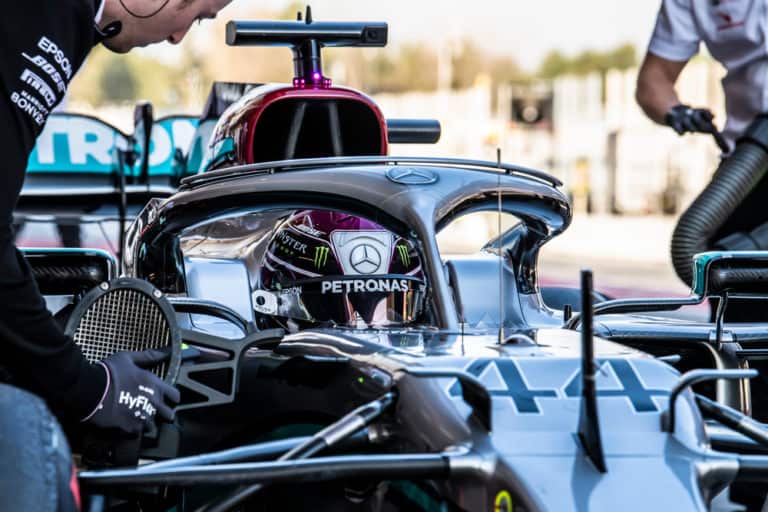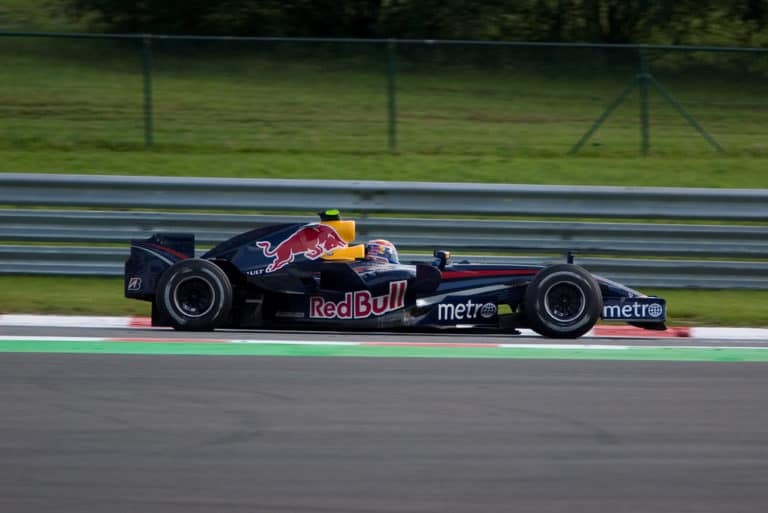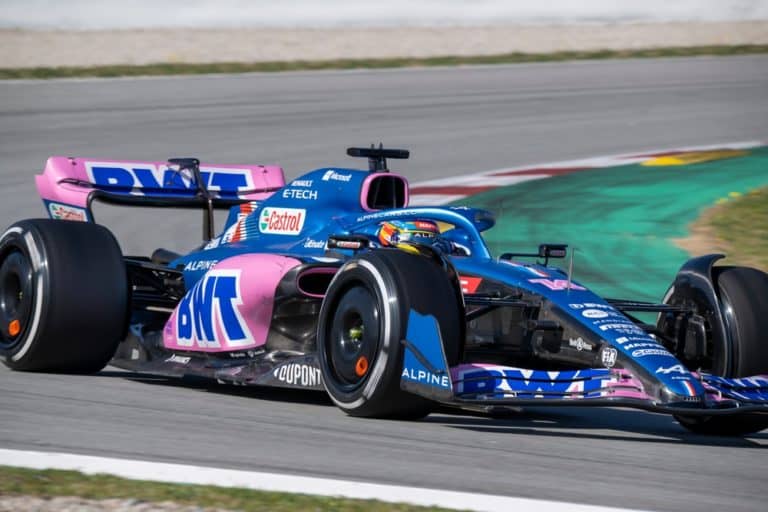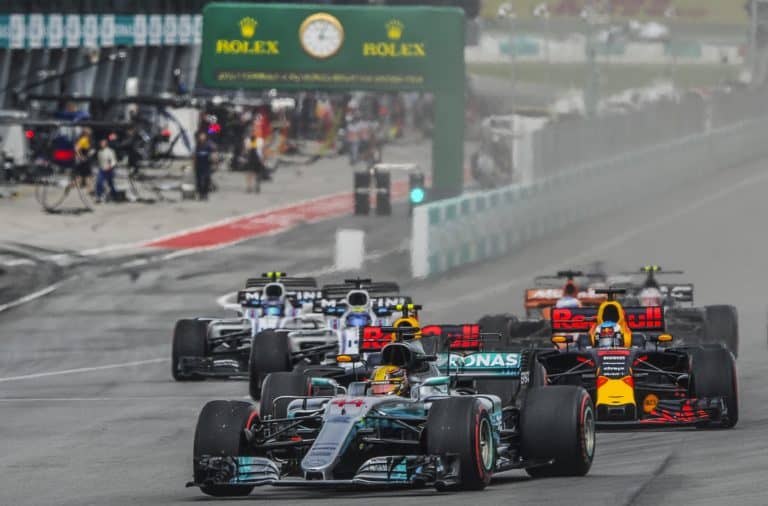Back in 2014, Formula One made a huge decision. They decided it would be best for the sport that they switch from V8 engines to V6 turbo-hybrid engines. It was a considerable change for Formula One. But why did F1 change engines?
Formula One decided to change engines for various reasons, including; Becoming more environmentally friendly, increasing power output, and utilizing the most up-to-date technology. These and other major reasons were why Formula One decided to change engines, which brought about some massive repercussions.
Formula One took a very long time to decide to change engines, and the pleather of reasons for the switch helped Formula One continue to keep up to date.
Why Did F1 Change Engines?
Formula One had previously been using 2.4-liter V8 engines, which had been in the sport since 2006. The change was huge in Formula 1 and caused massive changes in the sport. It led to a new team in Mercedes, dominating the sport during the hybrid era. There were a few major reasons for Formula One changing engines in 2014
Becoming More Environmentally Friendly
One of the biggest reasons for the change in engines was moving towards having more environmentally conscious engines. V8 engines are not good for the environment and are being phased out of road cars due to new environmental regulations worldwide.
The limits on cars’ greenhouse gas output mean engines like V8s with incredibly low economical rates are being phased out of production. So it makes sense that Formula One would do the same.
Formula One, therefore, decided to change to hybrid engines. These new V6 engines are a lot more environmentally friendly. They are hybrid engines and use a lot more electric parts. 2014 saw the introduction of the ERS system to the engine. This is an additional boost that the driver can engage.
ERS stands for energy recovery system, and It is named this because it recovers engines during braking.
The engines, in general, were also able to be a lot more environmentally friendly because they are 35% more efficient than the old V8 engines. This means the cars go through less fuel during a race and produce less environmentally damaging gases.
Becoming more environmentally friendly attracts more sponsors the Formula One. The electric engines are one of the main reasons major car manufacturers like Audi, Mercedes, and Jaguar sport. If Formula One can shake off its reputation of not being environmentally friendly, it can attract more sponsors to the sport.
Cutting Costs
Before the 2014 rule changes, Formula One allowed teams to use eight engines per season per driver. This was very expensive for teams making and buying engines and made it difficult for the smaller teams to succeed, as they had to buy sixteen engines per season. To cut these costs, from 2014 onwards, each driver was only allowed five engines per season. This was then further decreased to just three engines per year in 2018.
Over the past ten years, Formula One has seen smaller teams like Caterham, Marussia, and HRT leave the sport due to the incredibly high costs. To combat this, limiting the number of engines a team can use means the costs are massively reduced for these teams.
It helps keep teams further down the championship in the sport, as they get a lot less money from sponsors and the TV revenue. It means it helps the sport survive because F1 needs those teams to help make Formula One exciting and competitive.
Of course, there had to be massive changes to the durability of the engines so they could potentially last for up to eight races. This was considered when the engines were designed to be a lot more durable than the previous ones. It puts a lot more pressure on engine suppliers like Ferrari, Mercedes, and Alpine to produce high-quality, durable engines.
Using Up To Date Technology
Part of the V8 being phased out of production is also the reallocation of research and development resources into hybrid and electric engines. The combination of electric power and technology and the brute force and power of the traditional engines is exactly what Formula One is looking for.
Formula One is constantly looking to be at the front of technological advancements in motorsport, and in doing so, they always had to eventually move away from the traditional V8 engines. Formula One will be looking at how Formula E is basing its brand on technological advancements. Using the new V6 engines brings power levels that Formula One hasn’t seen in years.
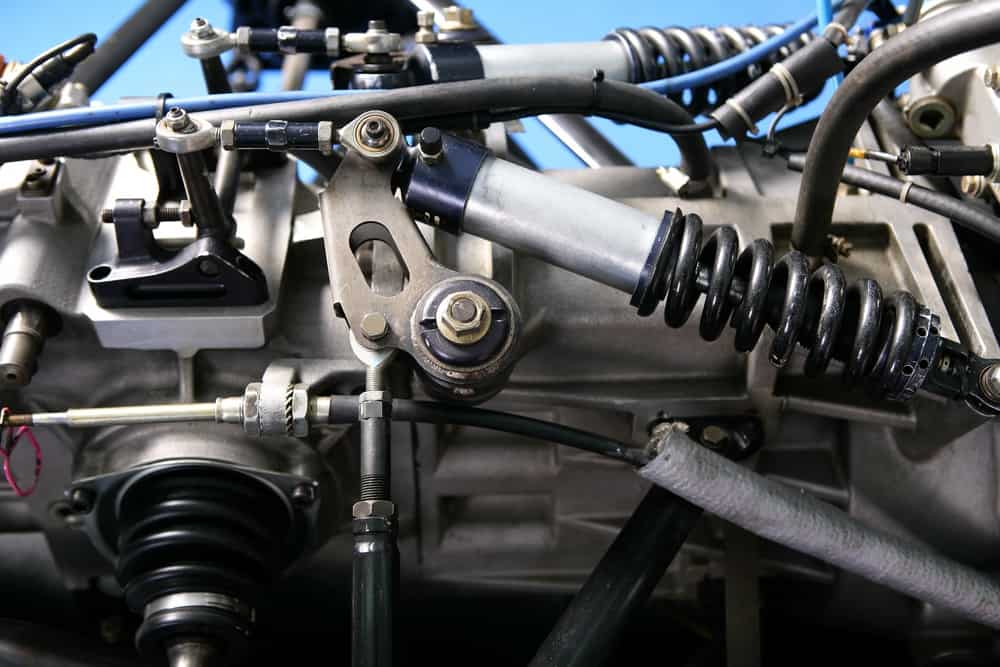
Will Formula 1 Chance Engines In The Future?
2022 brings considerable changes to Formula One, aimed at limiting spending and decreasing the gap between the teams at the front of the grid and the teams at the back. These rule changes do not bring massive changes to the engine side, with the only major difference being that engines are updated to use an increased percentage of synthetic fuels in 2022.
It does not look like there are many engine updates in the upcoming seasons. There will be an engine development freeze coming in 2022 that will last until at least 2025. These sorts of engine freezes are very common in Formula One, and it is another strategy that the FIA uses to try to control the huge spending seen in the sport.
It also likely means that we could see some big changes coming after 2025. Quite often in the past, Formula One has introduced engine freezes before major changes come in. This is mainly to stop engine spending for a few years, so when major changes come in, teams are prepared and have the resources to cope.
Formula One has already made it clear that if they are going to make changes to the engines in 2025, they will have to consider environmental sustainability and create engines that are more economical with their fuel. If Formula One changes the engines after 2025, it will have to be moving to become as environmentally conscious as Formula One engines can be.

